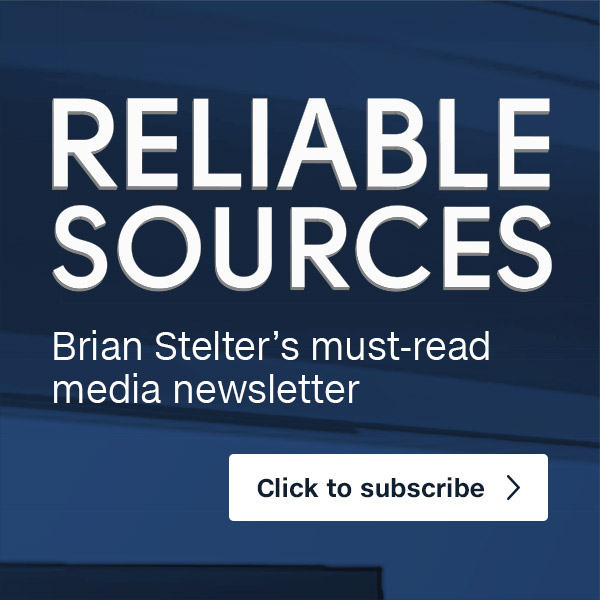
Journalism has a long standing diversity problem. A Nieman Fellow has a novel idea for how newsrooms can solve one part of it: start by focusing on mothers.
Katherine Goldstein, formerly an editor at Vanity Fair and Slate, spent her fellowship investigating the largely unacknowledged hurdles of working parents in journalism. News jobs typically feature unpredictable schedules and long hours, and as the news cycle gets even faster, and newsrooms are increasingly more strapped for cash, people with caregiving responsibilities find it even harder to juggle it all.
Goldstein just published her research findings on Nieman Reports, in a long-form piece titled "Where are the mothers?" She discussed her story with Brian Stelter in this week's edition of the Reliable Sources podcast.
Listen to Brian Stelter interview Katherine Goldstein on the "Reliable Sources" podcast
Why is it important to focus on mothers? Because their issues "have been largely ignored, and are more and more important as we look at how intense the digital news culture is, and what we're asking of our employees," Goldstein told Stelter.
Goldstein's point is that the problem of gender imbalance and lack of diversity in news organizations is well documented. What is less evident is the connection between providing better support systems for parents and caregivers in newsrooms and achieving the diversity goals that news organizations say they are committed to reaching.
Women are especially vulnerable in work environments that lack progressive family leave policies and other flexibility measures. The absence of a support system negatively impacts their career growth prospects and their longevity in the job, Goldstein argued.
For her feature, Goldstein interviewed nearly 20 women in a variety of roles in news organizations, and found that while many "really talented women who are working in news organizations" want to keep working in journalism, there are also "many talented women who have had to drop out, because they feel like companies and cultures don't support them."
Goldstein cited a 2015 study by University of Kansas saying that 67% of women currently working in journalism are thinking about leaving the industry, compared to 55% of men. "A big chunk of that" is related to the lack of work-life balance that characterizes the profession, she said.
Subscribe to the "Reliable Sources" podcast on iTunes
So how can newsrooms become "workable" environments for mothers? "We have to think much more holistically," Goldstein said, introducing more flexibility and creating cultures that support not just women with children, but people at all life stages.
"This is about creating newsrooms that are going to work better for everyone," Goldstein told Stelter.
She has made four recommendations. The first, non-negotiable and basic rule is to give paid maternity leave; the second is to give fathers and non-birth parents paid family leave; the third is for newsrooms to create official work-from-home and flexibility policies so that better working arrangements are "not just that special deal you cut with someone;" the fourth is to prioritize work-life balance for everyone.
Newsrooms are constantly preoccupied with keeping costs in check, but investing in these types of policies could actually save them money, Goldstein argued.
"Progressive family leave policies help companies' bottom lines," she told Stelter. Not only do they reduce workforce dropout rates, they also increase productivity and loyalty.
Goldstein referenced a study suggesting that 43% of millennials would actually take more flexibility over a pay raise. As millennials come of age and have more kids, that's an important factor to consider when industry leaders strategize for the long-term wellbeing of the business.
"Sometimes when we are under a lot of pressure from news deadlines and the economic pressures, it's hard to see the forest through the trees, but as an industry we have to think about the big picture," Goldstein remarked.


